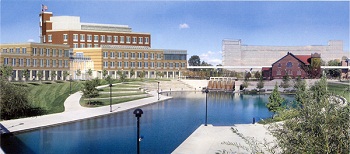 |
2012 Undergraduate Summer Research Program in Mathematical BiosciencesProjects at IUPUI |
|
 |
 |
2012 Undergraduate Summer Research Program in Mathematical BiosciencesProjects at IUPUI |
|
 |
 |
iMMCS home |  |
research |  |
people |  |
seminars |  |
highlights |  |
opportunities for students |  |
funding opportunities |  |
|
|
|
|
|
|